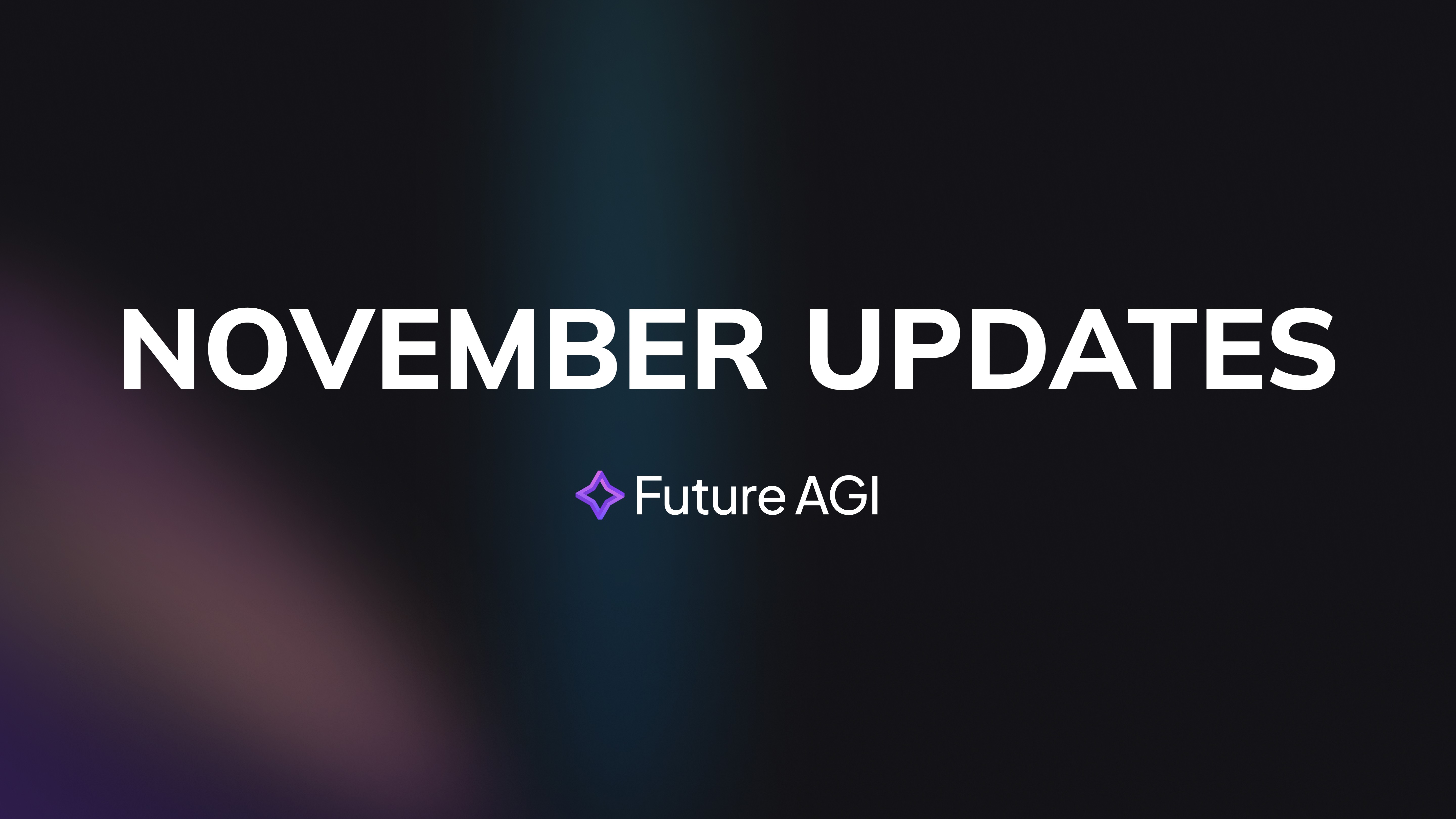Introduction
Agentic AI frameworks usher in a fresh chapter of artificial intelligence. These systems run on their own—no babysitting required. Sure, traditional AI still leans on us for instructions and upkeep; however, an Agentic AI framework weighs options, adapts on the fly, and wraps up tasks all by itself.
Picture a GPS that sticks to its map. By contrast, Agentic AI resembles a self-driving car, darting around roadblocks or traffic snarls in real time—all without a hand on the wheel. Consequently, we now have tech that acts with more freedom, speed, and flexibility than ever before.

Image 1: Core Agentic AI Capabilities
Why Agentic AI Is Gaining Traction
Faster automation is what modern processes demand, thus the emergence of Agentic AI systems seems almost natural. Moreover, slick, self-running systems are showing up everywhere—cutting delays, trimming costs, and letting software handle more of the grunt work.
Look at retail, finance, and healthcare. For example, the Da Vinci robot gives surgeons even more accuracy. Lightning-fast trading engines sort real market data in milliseconds. In retail, round-the-clock chatbots also help to keep customers happy by cutting wait times.
Backing this momentum are market analysts. Rising at a 23 % CAGR, they peg the AI-automation space at $110 billion by 2027. Thanks to better diagnostics and robotic operations, healthcare artificial intelligence could also top $187 billion by 2030. In finance, artificial intelligence services are expected to grow 25% annually, all of which emphasises how Agentic AI models are turning into central force behind smart decisions and efficiency.
Criteria for Selecting Top Agentic AI Frameworks
Choosing the right Agentic AI framework means checking several boxes: smooth integration, easy scaling, and rock-solid adaptability.
3.1 Adaptability and Autonomy
Any strong framework must read the room—well, the data—and decide accordingly.
Real-time adjustments: When customer tastes, market swings, or weather shifts, the agent needs to pivot.
Independent decisions: The best agents learn, self-correct, and rarely call for human backup.
Example: In practice, an autonomous trading bot tweaks its plan as live prices jump.
3.2 Scalability and Performance
Growth is great, as long as performance doesn’t crawl.
Horizontal and vertical scaling: Add more machines or beef up the ones you have.
Low-latency responses: Nobody likes lag—especially at scale.
Example: To illustrate, an AI help-desk handles thousands of chats at once, still replying in seconds.
3.3 Integration with Existing Ecosystems
Links to existing tools make adoption painless.
API-first design: Clear, consistent endpoints tie into CRM or ERP systems fast
Cross-platform compatibility: Cloud, on-prem, hybrid—you name it, the framework runs.
Example: Specifically, an AI sales aid updates Salesforce and HubSpot in a single breath.
3.4 Customization and Fine-Tuning
One size never fits all.
Domain-specific training: Feed models the jargon and data your field demands.
Hyper-parameter tuning: Nudge settings for peak results.
Example: For example, a medical chatbot fluent in clinical terms steers patients better.
3.5 Community Support and Open Source
A lively community sparks fresh ideas.
Active forums and docs: Clear guides break roadblocks quickly.
Open-source updates: Plugins arrive weekly, courtesy of fellow builders.
Example: Notably, LangChain sees new GitHub modules almost every week.
Top 5 Agentic AI Frameworks to Watch in 2025
Framework 1: LangChain
Overview
LangChain is a modular powerhouse for large language models (LLMs). Importantly, it connects AI to tools, APIs, and data with ease.
Key Features
Multi-step reasoning chains
Built-in memory for context
Hooks for OpenAI, Hugging Face, and custom models
Use Cases
Always-on customer-service bots
Smart document digests
Automated code generation and testing
Framework 2: Auto-GPT
Overview
Auto-GPT broke ground in autonomous AI. Essentially, it breaks big goals into bite-sized tasks, then refines itself.
Key Features
Task loops with feedback
Rich memory for context
Self-generated drafts that self-edit
Use Cases
Deep‐dive market research
Data crunching and reporting
Content calendars that run themselves
Framework 3: BabyAGI
Overview
BabyAGI is feather-light yet mighty—perfect for edge devices.
Key Features
Goals that shift with the data
Tiny compute footprint
Memory that actually learns
Use Cases
Routine workflow cleanup
Rapid knowledge look-ups
Invoice, order, and schedule automation
Framework 4: CrewAI
Overview
CrewAI rallies several agents around one mission.
Key Features
Role-based task splits
Real-time talk between agents
Distributed problem-solving
Use Cases
AI project management
Multi-agent help-desks
Logistics and supply chains
Framework 5: MetaGPT
Overview
MetaGPT organizes agents in a hierarchy—think project manager, dev, tester.
Key Features
Clear role tiers
Parallel tasks for speed
Collective reasoning
Use Cases
End-to-end software builds
Big-picture decision hubs
Multi-source research digests
Key Trends and Future Outlook
Rise of Multi-Agent Systems – Teams of AIs will tackle knotty problems side by side.
Explainability and Transparency – Clear logic trails will build trust.
Edge Computing and IoT – Local brains will power factories and drones.
Regulation and Ethics – New rules will guide safe AI.
Therefore, striking a balance between speed and responsibility will shape tomorrow’s tech landscape.
Summary
Agentic AI frameworks are redefining automation by adding real autonomy. Pioneers such as LangChain, Auto-GPT, BabyAGI, CrewAI, and MetaGPT lead the charge. Consequently, tighter IoT ties and more transparency are on the horizon. Developers and businesses that dive in today will stand out tomorrow.
Ready to Embrace Intelligent Automation?
Agentic AI is rewriting business playbooks. So, will you lead the shift? At Future AGI, we unpack frameworks and strategies that keep innovators ahead.
First, subscribe for insider takes on top Agentic AI frameworks shaping 2025.
Next, join a network of builders, thinkers, and leaders at Future AGI.
Finally, start crafting smarter systems with our guides, examples, and tutorials.
🔗 Visit Future AGI and seize the agentic advantage.
FAQs













